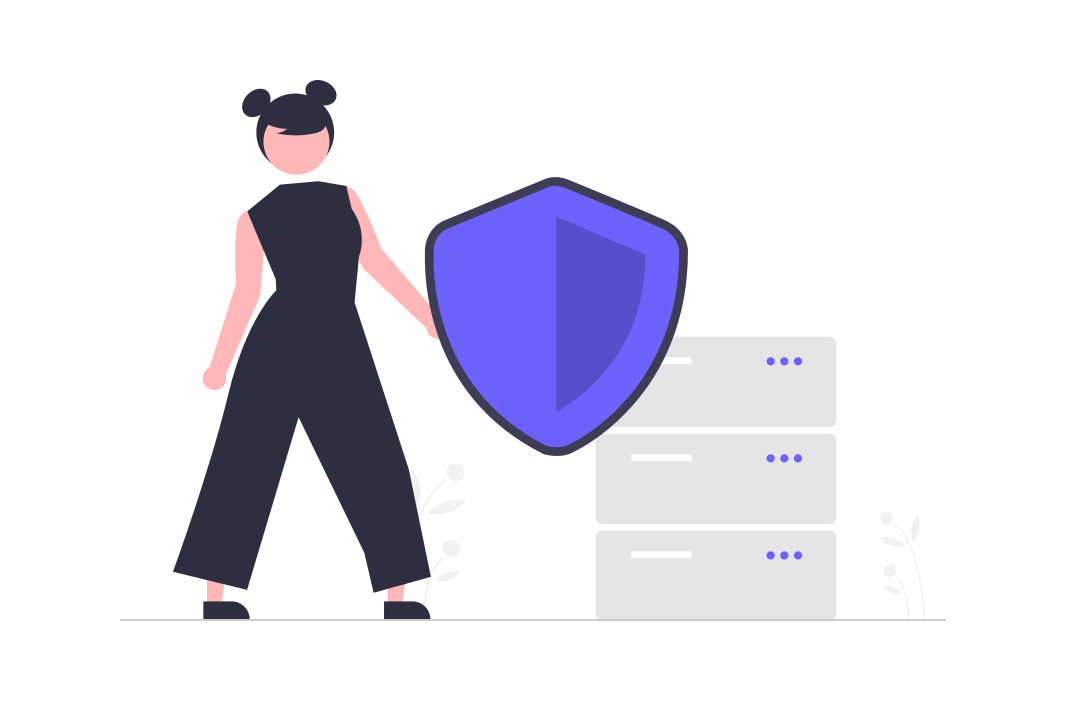In our time, the security of IT products is an important task for all companies, which makes the security of these systems a critically important task. Web portals and applications are at risk from various types of web attacks, such as SQL injections, cross-site scripting, cross-site request forgery (CSRF), and others. To protect against these risks, appropriate tools and technologies must be used.
Firewall
One of the main tools for protecting web portals and applications are firewalls. These tools can block unwanted traffic on the web portal or application to prevent system hacking. They can work at the network level as well as the application level, allowing for the blocking of both network and application attacks.
Currently, there are several tools that can be used to configure firewalls:
- pfSense
- IPFire
- OPNSense
- NG Firewall
- Smoothwall
- ufw
- csf
SSL — Certification
Another important tool for ensuring the security of web portals and applications is SSL certificates. These tools provide secure data transmission between the web portal or application and the client. They encrypt the data transmitted between the client and server to protect it from unauthorized access.
Vulnerability scanning tools are another important tool for protecting web portals and applications. They can be used to automatically scan the web portal or application for threats and determine protective measures. Vulnerability scanning tools can help detect system errors before attackers can use them to compromise the system.
Tokenization of Data
Another important tool for ensuring the security of IT products is data tokenization.
Data tokenization is the process of replacing confidential information, such as credit card numbers, with random values to protect the data from being hacked. The token does not reveal the original data but allows this identifier to be used instead of the real data during transaction processing or requests.
Here are some examples of tools where data can be tokenized:
- Vault by HashiCorp
- TokenEx
- IBM Cloud Pak for Security
- Protegrity
- Tokenization-as-a-Service (TaaS)
Cryptographic Libraries
In addition to data tokenization, there is an interesting tool that can also help secure your products.
Cryptographic libraries are software that provides a set of cryptographic functions and algorithms used to protect information. They are widely used in various applications, including web portal security, data encryption, digital signatures, and more.
Cryptographic libraries can be written in different programming languages, including C, C++, Java, Python, and others. They can provide both open and closed source code and can be used for both desktop and cloud applications.
Here is a list of popular cryptographic libraries currently available:
- OpenSSL
- Crypto++
- Bouncy Castle
- Libsodium
Content Security Policy
It is also important to remember the security mechanisms that can help protect your website, such as Content Security Policy.
Content Security Policy (CSP) is a security mechanism that helps protect web applications from attacks like script injection, cross-site scripting (XSS), cross-site request forgery (CSRF), and others. CSP allows website owners to specify a list of sources from which resources such as scripts, images, styles, and others can be loaded. CSP works based on an HTTP header that is sent with the web page and defines the security policy for that page. The CSP header contains rules that specify which sources can be used to load resources on the page.
A properly configured CSP can help prevent many types of attacks on websites, including XSS and CSRF. However, a misconfigured CSP can cause problems with displaying web pages and other errors. Therefore, it is important to configure CSP correctly through careful testing and analysis.
Security Information and Event Management (SIEM)
An example of a popular set can be given.
Security Information and Event Management (SIEM) is a methodology and corresponding set of tools that enable organizations to collect, analyze, and interpret information about the security of their information systems. With SIEM, companies can detect and prevent cyber attacks, malware infections, and other security breaches.
SIEM systems work by collecting data from various sources, such as event logs, network traffic monitoring, vulnerability reports, and others. This data is then aggregated and analyzed using specialized algorithms that look for anomalies and improper actions in the system.
SIEM systems typically consist of several components, including a data collector, a data storage, an analytical engine, and a user interface. The data collector gathers security information from different sources and sends it to the database. The data storage stores the information and provides fast access to it for the analytical engine. The analytical engine uses machine learning algorithms and other data analysis methods to detect anomalies and other security issues in the system. Finally, the user interface allows analysts and other users to view the results of the analysis and make decisions about the actions that need to be taken.
SIEM is an important tool for ensuring the security of information systems, especially for large organizations with multiple different systems and applications. However, successful use of SIEM requires proper configuration and learning how to interpret the information obtained. This may require additional resources and investments, but it may be necessary to prevent serious security breaches and maintain the company’s reputation.
By using these methods, you can secure your IT products. In any case, using at least one type of protection is better than not using any at all. Ensuring the security of IT products is not only protecting your devices and data, but also peace of mind!
